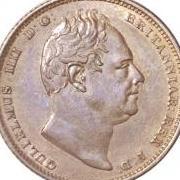|
|
The current range of books. Click the image above to see them on Amazon (printed and Kindle format). More info on coinpublications.com |
|
|
Sign in to follow this
Followers
0

One of my many dealing with the early CGS
By
zookeeperz, in TPG Discussions
 Coinpublications.com
Coinpublications.com